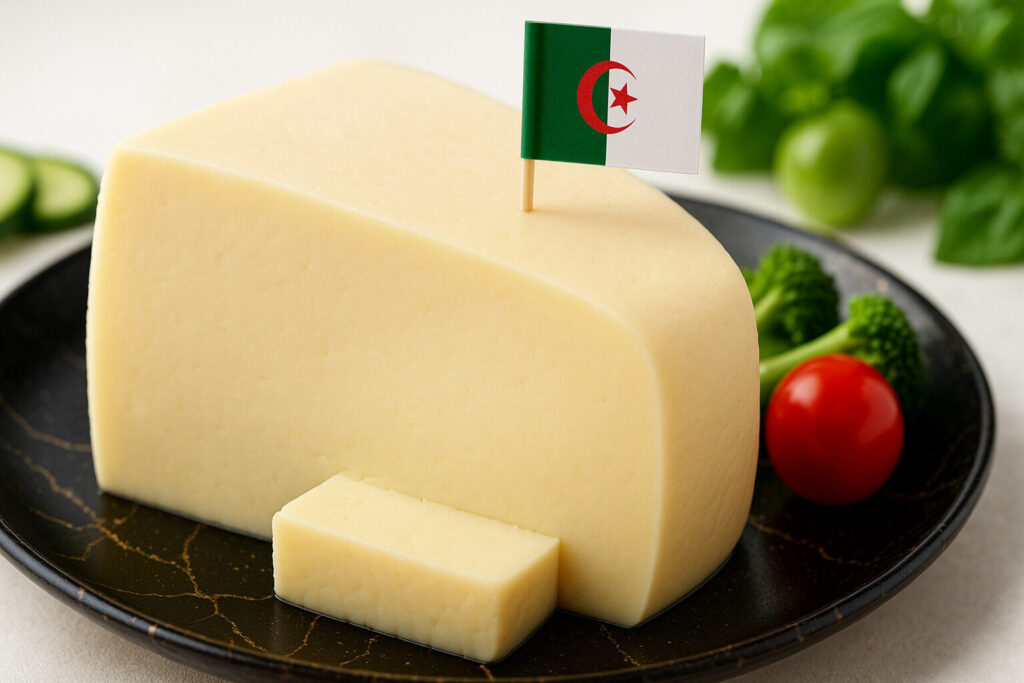Cheese From Camel Milk
Definition and Scope
Cheese from camel milk is a dairy product derived exclusively from camel milk through coagulation and processing. This category encompasses fresh, soft-ripened, and aged varieties produced across arid and semi-arid regions. Its production remains a specialized niche within global cheesemaking traditions.
The scope includes both traditional nomadic preparations and modern industrial adaptations. These cheeses are distinguished by their milk source, which imparts unique biochemical properties. They represent a sustainable dairy solution for populations in harsh climates where camels thrive.
Production Process
Camel milk cheese production begins with fresh milk that is often heat-treated for safety. The coagulation process typically requires specific starter cultures or plant-based rennet substitutes, as camel milk reacts differently to traditional animal rennet. Curd formation occurs at controlled temperatures and acidity levels.
After draining, the curds may be pressed, salted, and shaped according to the desired cheese style. Aging periods range from a few days for fresh varieties to several months for hardened types. The entire process must account for camel milk’s unique protein structure and composition.
Sensory Profile
Camel milk cheeses typically exhibit a white to off-white coloration with a smooth, sometimes crumbly texture. The flavor profile is generally mild and slightly salty with subtle sweet undertones. Some aged varieties develop nutty or tangy notes during maturation.
The aroma is clean and milky, though stronger varieties may carry earthy or barnyard characteristics. Texture varies from soft and spreadable in fresh cheeses to firm and sliceable in aged versions. These sensory qualities differ significantly from bovine milk cheeses due to distinct fatty acid profiles.
Culinary Applications
Fresh camel milk cheeses function well in salads, sandwiches, and as table cheeses. Their mild flavor makes them versatile for both cold and lightly heated preparations. They pair effectively with fruits, nuts, and light wines.
Aged varieties serve as grating cheeses or stand-alone dessert options. In traditional cuisines, they’re often incorporated into flatbreads, stews, and rice dishes. The cheese’s melting properties make it suitable for certain cooked applications, though high heat can affect its texture.
Regional Examples
Mauritania produces Caravane, a semi-soft camel milk cheese aged in goat skin bags. This traditional method creates a distinctive flavor and preservation technique. The cheese represents an important protein source for nomadic communities.
United Arab Emirates manufactures Camelbert, a soft-ripened style resembling Camembert. Modern facilities in Dubai have adapted European techniques to camel milk specifications. Kenya and Ethiopia also maintain traditional camel milk cheese varieties using local fermentation practices.

